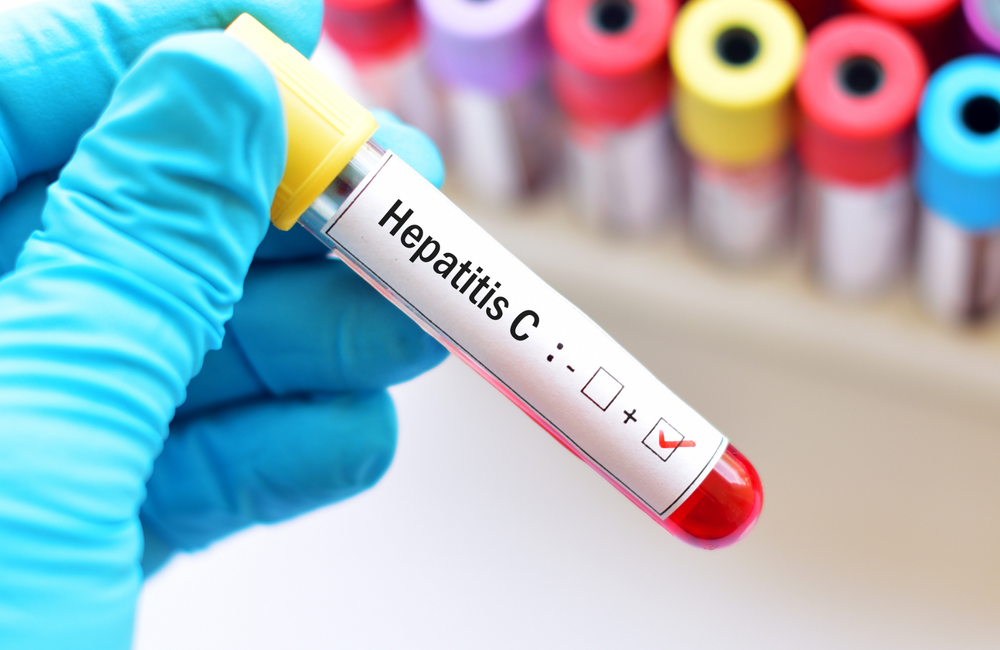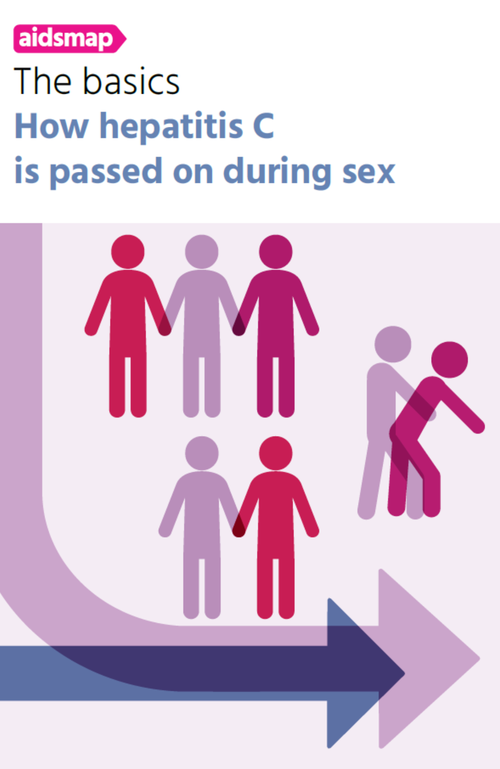
Increasing the frequency of hepatitis C screening in gay and bisexual men taking pre-exposure prophylaxis (PrEP) in the United Kingdom has the potential to reduce new hepatitis C infections in the UK by 2030, especially if the proportion of men taking PrEP increases to 25%, researchers report in the journal EClinical Medicine.
Background
Hepatitis C elimination among gay and bisexual men depends on diagnosing and treating the infection in two populations, HIV-positive and HIV-negative men. Whereas HIV-positive men should receive regular screening according to European or British HIV Association guidelines – and are covered by national targets for hepatitis C diagnosis and treatment designed to eliminate hepatitis C in people living with HIV by 2021 – screening in HIV-negative gay and bisexual men is not systematic and the optimum interval is not defined.
Furthermore, the impact of reductions in condom use as a result of PrEP use on hepatitis C incidence in HIV-negative men is unclear.
There is conflicting evidence regarding the impact of reduced condom use on hepatitis C transmission among HIV-negative men. The Amsterdam AmPrEP study reported a high level of hepatitis C transmission among men participating in the city’s PrEP programme between 2015 and 2017. Six-monthly screening for hepatitis C revealed an incidence of 1% and baseline screening showed that almost 5% of HIV-negative men already had hepatitis C.
But a study of men who have sex with men taking PrEP in Toronto, Canada, found a low baseline prevalence of hepatitis C (1.8%) and an incidence of 0.7% per year between 2014 and 2019 (two infections during the entire follow-up period). Other studies in North America have also found lower hepatitis C incidence than European studies.
Evidence from three large hepatitis clinics in England showed that in 2017, 16 out of 40 gay and bisexual men referred to these clinics after a diagnosis of acute hepatitis C infection were HIV negative. Thirteen of the 16 men were PrEP users, suggesting that this group should be prioritised for regular hepatitis C screening and direct-acting antiviral treatment in order to minimise hepatitis C transmission among gay men.
Findings from modelling
To evaluate the potential impact of various hepatitis C screening strategies in men who have sex with men in the UK, researchers from Bristol University, University of California San Diego, London School of Hygiene and Tropical Medicine and the National Institute for Health and Care Excellence constructed a model of hepatitis C and HIV transmission and PrEP use among gay and bisexual men in the UK.
The model examined the impact of varying levels of PrEP coverage and screening for hepatitis C every six or 12 months and took account of the impact of a 50% reduction in condom use.
The model assumed an HIV prevalence among gay and bisexual men of 4.7% and a hepatitis C prevalence among men with HIV of 9.9%. Prevalence among HIV-negative men was 1.2%. The model also assumed that by 2017, 98% of HIV-diagnosed men would be on antiretroviral treatment, 97% would be virally suppressed and the average HIV testing frequency for HIV-negative men would be 2.3 years. The model also assumed that, without additional screening, hepatitis C would not be diagnosed in HIV-negative men for between five and 15 years.
The model tested the impact of varying levels of PrEP coverage and hepatitis C screening in HIV-negative men on hepatitis C elimination and hepatitis C incidence from 2018 to 2030.
In the first scenario, PrEP coverage reached 12.5% of HIV-negative men by the end of 2020 and men received PrEP for an average of 8.2 months. Condom use in PrEP users was reduced by 50%. PrEP services did not screen for hepatitis C.
The model found that in this scenario, reaching 12.5% of HIV-negative men with PrEP would have only a modest impact on hepatitis C incidence. Direct-acting antiviral therapy for HIV-positive men with hepatitis C would have a greater effect on hepatitis C prevalence, as curing hepatitis C would prevent onward transmission.
"Elimination targets are not possible through only screening HIV-diagnosed MSM (as most elimination initiatives are doing)."
Introducing hepatitis C screening of all PrEP users would reduce hepatitis C incidence among PrEP users by 65 to 70% depending on whether screening took place every 12, 6 or 3 months. The model assumed that all men diagnosed with hepatitis C would be treated within 2.2 years and that 95% would be cured.
Hepatitis C incidence in the wider population of gay and bisexual men would fall to a similar extent, as high-risk HIV-positive men (those with 15 or more anal sex partners a year, many of whom are PrEP users) are the primary drivers of hepatitis C transmission in the population of men who have sex with men.
Screening PrEP users every three months and reducing the interval between diagnosis and hepatitis C treatment to six months in this group would reduce hepatitis C incidence by 80% but would not be enough to achieve the World Health Organization target of a 90% reduction in incidence by 2030, especially if condom use among PrEP users fell by 50%. Additional screening of HIV-negative men with fewer sexual partners, not using PrEP, would be needed at least once every five years to achieve the target, the model found.
A higher PrEP coverage of 25% and concomitant screening for hepatitis C would be enough to reduce hepatitis C incidence among gay and bisexual men by 90% by 2030.
Conclusion
“Elimination targets are not possible through only screening HIV-diagnosed MSM [men who have sex with men] (as most elimination initiatives are doing), with the scale-up of PrEP providing a valuable opportunity for increasing HCV [hepatitis C virus] screening among higher-risk MSM,” the authors conclude.
“For other countries with similar HCV epidemics in MSM, our findings highlight the need to look beyond just screening HIV-diagnosed MSM.”
Macgregor L et al. Scaling up screening and treatment for elimination of hepatitis C among men who have sex with men in the era of pre-exposure prophylaxis. EClinical Medicine, online publication, 21 December 2019.

